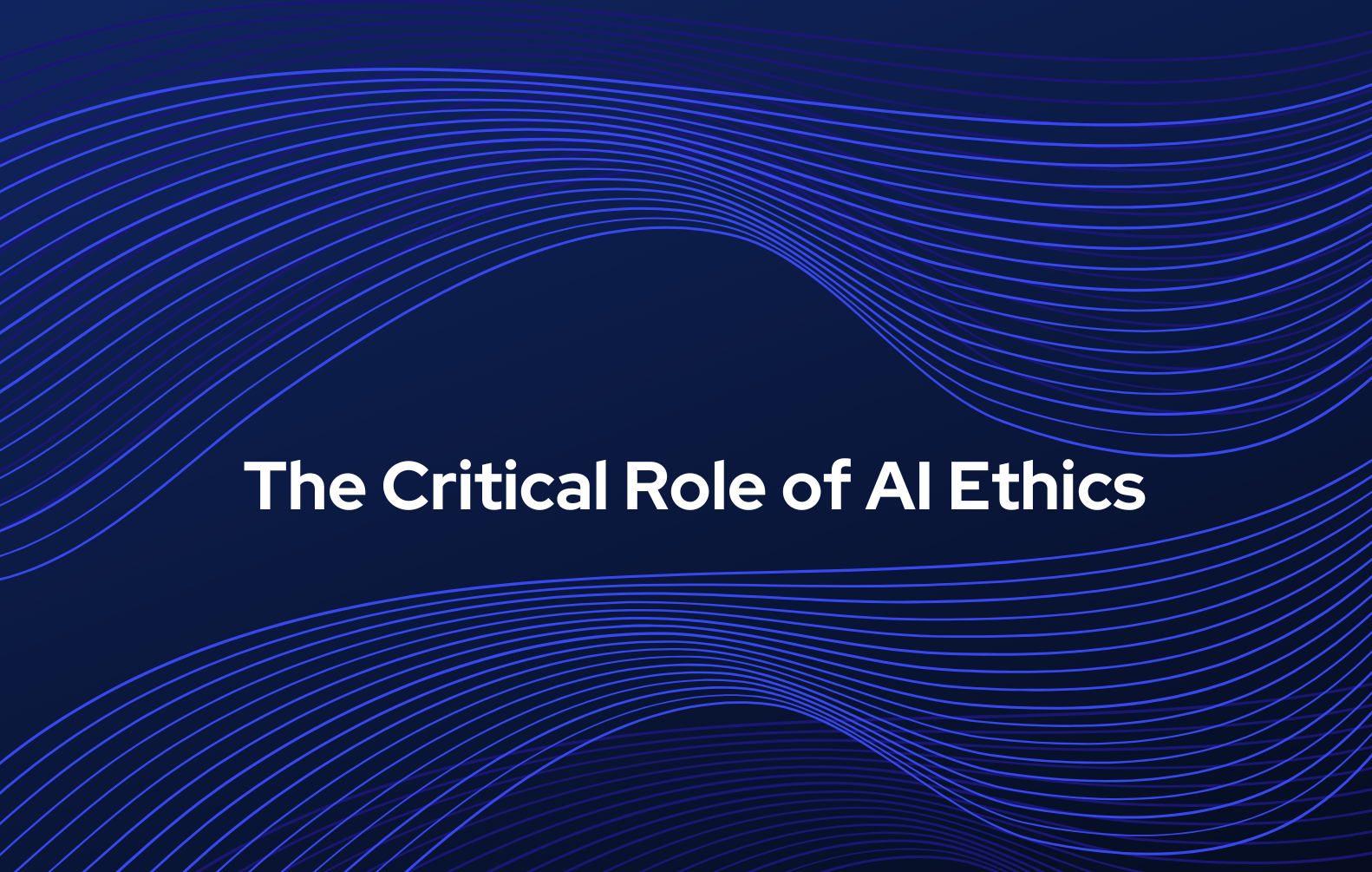
Harnessing AI for Cost Reduction: A Strategic Approach
In an era where efficiency and agility are paramount, AI emerges as a transformative tool for organizations seeking to reduce expenses while enhancing productivity. By integrating AI across various operational facets, businesses can achieve significant cost savings through automation, optimization, and predictive analytics. Below is a structured exploration of key areas where AI drives financial efficiency:
1. Automating Repetitive Tasks
-
Chatbots: Handle routine customer inquiries 24/7, reducing the need for large customer service teams and minimizing labor costs.
-
Robotic Process Automation (RPA): Executes tasks like data entry and payroll processing with precision, cutting time spent on administrative work and reducing human error.
-
Document Processing: AI extracts and processes information from contracts or invoices, slashing manual handling time and accelerating workflows.
2. Optimizing Procurement & Supply Chain
-
Demand Forecasting: AI analyzes market trends to predict inventory needs, preventing overstocking and stockouts, thus lowering holding costs.
-
Supplier Selection: Evaluates historical data to identify cost-effective suppliers and negotiate better terms.
-
Logistics Optimization: AI plans efficient delivery routes, saving fuel and time, while enhancing delivery reliability.
3. Reducing Energy & Operational Costs
-
Smart Energy Systems: AI adjusts lighting and HVAC based on usage patterns, reducing energy waste in real-time.
-
Predictive Maintenance: Monitors equipment health to preempt failures, avoiding costly downtime and emergency repairs.
4. Enhancing Financial Management
-
Expense Tracking: AI detects anomalies and fraudulent transactions, curbing unnecessary spending.
-
Dynamic Pricing: Adjusts prices using real-time market data to balance competitiveness with profit maximization.
5. Improving Marketing Efficiency
-
Targeted Advertising: AI identifies high-value customer segments, optimizing ad spend ROI.
-
Automated Content: Generates marketing copy or visuals, reducing reliance on external creatives.
-
Customer Insights: Refines strategies using data analytics, minimizing costly trial-and-error campaigns.
6. Streamlining Workforce Management
-
AI-Driven HR Tools: Automate resume screening and interviews, cutting recruitment time and costs.
-
Personalized Training: Offers scalable, on-demand modules, reducing expenses tied to in-person sessions.
-
Workforce Optimization: Aligns staffing levels with demand, ensuring labor efficiency without layoffs.
7. Bolstering Cybersecurity & Compliance
-
Threat Detection: AI identifies security breaches faster than traditional methods, mitigating financial risks.
-
Compliance Automation: Ensures adherence to regulations, avoiding fines through continuous monitoring.
8. Data-Driven Decision Making
-
Predictive Analytics: Identifies cost-saving opportunities and risks, enabling proactive strategies.
-
Scenario Planning: Simulates financial outcomes to optimize budget allocation under varying conditions.
AI's versatility in automating tasks, optimizing operations, and enhancing decision-making offers a multifaceted approach to cost reduction. By strategically deploying AI across these areas, organizations not only cut expenses but also foster innovation and resilience. Importantly, AI-driven efficiency gains focus on augmenting human capabilities rather than replacing jobs, positioning businesses for sustainable growth in a competitive landscape. Embracing AI is not just about cost savings—it’s about reimagining operational excellence



